Why SaaS Startups Struggle to Convert AI Potential into Product-Market Fit
The AI era SaaS product market fit dilemma has introduced new opportunities and new risks for emerging startups. Founders are racing to embed AI into products, pivot toward data-first models, and scale at velocity. But despite all the innovation, a large number of SaaS AI startup pitfalls still persist: bloated features, unclear market fit, poor infrastructure, and broken onboarding.
These SaaS. AI startup pitfalls aren’t hypothetical. They’re based on clear patterns observed across the startup landscape and in technical audits we’ve conducted with early-stage SaaS teams.
At Ariel Software Solutions, we’ve worked alongside dozens of startups navigating the AI era SaaS product market fit challenge and common SaaS AI startup pitfalls. This blog outlines the most critical pitfalls we’re seeing today and what high-growth SaaS teams are doing differently to avoid them.
1. Building Too Much, Solving Too Little
One of the most persistent SaaS AI startup pitfalls is overengineering. Startups build for breadth instead of depth, adding multiple features without anchoring the product to a core use case.
Why this happens: Teams often mistake technical capability for value. The presence of AI or automation is seen as a selling point, even when it doesn’t solve a high-priority problem for the user. These are classic AI integration mistakes in SaaS, embedding features that don’t serve a meaningful function.
How to fix it:
- Narrow your focus to a single high-friction use case.
- Prioritize functionality that produces measurable outcomes.
- Cut features that don’t align with your primary user journey.
Avoiding AI integration mistakes in SaaS is key to refining your product for the AI era SaaS product market fit.
2. Skipping Validation Before Development
A lack of early user feedback leads to products no one wants. Despite wide access to low-cost validation tools, many startups still commit to full builds without testing assumptions.
The real cost: Wasted engineering time, missed customer alignment, and prolonged sales cycles. And ultimately, it’s one of the most preventable SaaS AI startup pitfalls.
What works instead:
- Launch a pre-product landing page and track engagement.
- Use surveys and email signups to gauge interest.
- Test core assumptions with clickable prototypes before code.
Validation helps minimize AI integration mistakes in SaaS and accelerates your path toward AI era SaaS product market fit.
Want a deeper dive into how to validate early ideas before you commit to full development? Check out our guide on MVP Development for Startups: A Fast-Track Playbook to Launch, Learn, and Grow where we break down the right approach to launching lean and learning fast.
3. Underestimating Go-To-Market Complexity
Many technically strong teams struggle with go-to-market execution. They may price the product incorrectly, overlook customer acquisition planning, or delay sales preparation until post-launch.
The impact: Even great products stagnate without a clear distribution strategy, especially in the AI era SaaS product market fit battle.
Solutions:
- Define your ideal customer profile (ICP) early.
- Conduct customer interviews to validate pricing and value perception.
- Start GTM planning alongside product development, not after.
Teams that tackle SaaS AI startup pitfalls early also avoid many common AI integration mistakes in SaaS that stem from disconnected GTM and product teams.
Struggling with your go-to-market and resource allocation? Don’t miss our blog on Avoid Startup Cost Burnout: How to Detour Startup Failure & Early-Stage Startup Mistakes, which shares smart ways to stay lean without compromising growth.
4. Poor UX and Onboarding Are Killing Activation Rates
Even well-built products fail when users get stuck in the first session. Startups often overlook UX design and onboarding flows, which are essential for retention and long-term growth.
What we often find:
- No guided setup or first-use education
- Poor responsiveness or visual hierarchy
- Friction in sign-up, setup, or workflow transitions
UX debt is one of the overlooked SaaS AI startup pitfalls, especially when AI integration mistakes in SaaS lead to confusing or non-intuitive features.
How to address this:
- Map UX flows to actual user goals and jobs to be done
- Add micro-onboarding steps: tooltips, checklists, or contextual prompts
- Test onboarding with real users before the public launch
Improving UX helps convert technical capability into real value and contributes toward closing the AI era SaaS product market fit gap.
5. AI as a Buzzword, Not a Business Enabler
AI integrations without a clear purpose often result in complexity with no added value. Many early-stage products use AI superficially, relying on third-party APIs without leveraging their data or solving a tangible user problem.
The issue: If AI doesn’t reduce friction, increase accuracy, or create strategic advantage, it becomes a liability. These are among the most common AI integration mistakes in SaaS today.
The better approach:
- Define the business value before integrating models or APIs
- Ensure you have structured, usable data to support intelligent workflows
- Build defensibility into AI features, custom workflows, proprietary models, or data-driven feedback loops
This approach addresses both AI integration mistakes in SaaS and ensures you’re closer to achieving AI era SaaS product market fit.
6. Broken or Unscalable Infrastructure
Finally, many startups underinvest in foundational engineering. MVPs are built quickly, but scaling exposes poor architecture, manual deploys, or a lack of monitoring. These technical gaps, like no CI/CD pipelines or monolithic codebases, are silent SaaS AI startup pitfalls that hinder growth.
Key technical gaps we often fix:
- No CI/CD pipelines
- Monolithic codebases that can’t support modular updates
- Lack of basic observability (logs, metrics, alerts)
Foundational fixes:
- Adopt Infrastructure as Code (IaC) from day one
- Implement Git-based CI/CD workflows
- Use containerization and microservices for better scalability
Even prototypes need a strong foundation to avoid AI integration mistakes in SaaS and sustain success in the AI era SaaS product market fit journey.
If you’re facing infrastructure challenges as you scale, our post on From Seed to Series A: Building a Scalable Startup Tech Stack Without Burning Your Budget offers actionable strategies to strengthen your tech foundation without overspending.
Case Snapshot: A SaaS Pivot to Focused AI-Driven Growth
A client approached Ariel with a multi-feature SaaS platform that showed poor engagement and technical bottlenecks. Through structured consulting and technical interventions, we helped them:
- Identify their most valuable user flow and trim secondary features
- Rebuild onboarding around that single workflow
- Redesign infrastructure using containerized services and CI/CD pipelines
- Integrate AI features based on actual user needs, not assumptions
Within two months, trial-to-paid conversion improved by 35%, and their system was prepared to scale without core rework, avoiding both SaaS AI startup pitfalls and AI integration mistakes in SaaS, while closing in on AI era SaaS product market fit.
Conclusion:

SaaS startups in 2025 are operating in a hyper-competitive, AI-saturated space. Building quickly is no longer enough; building intelligently is what makes the difference.
Avoiding these SaaS AI startup pitfalls isn’t just about saving time or money. It’s about aligning your product with real market needs, preparing your infrastructure for growth, and ensuring that your AI strategy avoids the common AI integration mistakes in SaaS.
At Ariel Software Solutions, we partner with startups to build scalable, AI-ready platforms that convert ideas into durable products. Whether you’re validating an idea, rebuilding your stack, or refining your GTM strategy, we can help you do it right and make your journey to AI era SaaS product market fit smoother and faster.
Frequently Asked Questions (FAQ)
1. How do I define the right scope for my SaaS MVP?
To define the right scope, focus on solving one specific problem for a clearly defined user persona. Your goal should be summarized in one sentence. Build only what directly supports that goal. This approach minimizes SaaS AI startup pitfalls and ensures your MVP remains lean and purposeful.
2. What’s the difference between an MVP, a POC, and an AI prototype?
An MVP, or Minimum Viable Product, is a simplified version of your software that delivers core value to users. A POC, or Proof of Concept, is built to test technical feasibility, often without user interaction. An AI prototype focuses specifically on testing an AI feature or workflow. Building the right one at the right time helps you avoid common AI integration mistakes in SaaS.
3. How early should I start validating the market?
Validation should begin before design or development. It starts with researching your audience, testing your messaging, and gathering real feedback. This is not a one-time activity but a continuous process that’s essential for achieving AI era SaaS product market fit.
4. When does AI become a business asset and not a liability?
AI becomes an asset when it solves a real problem more effectively than traditional approaches and creates defensibility using your proprietary data or workflows. Without a clear purpose, AI can become one of the most expensive and avoidable AI integration mistakes in SaaS.
5. What’s the minimum infrastructure needed to launch an AI SaaS MVP?
To launch confidently, you need version control with branching capabilities, automated CI/CD pipelines, containerized environments, and basic monitoring tools for logs and uptime. These technical foundations are critical for avoiding SaaS AI startup pitfalls and supporting long-term scalability.




